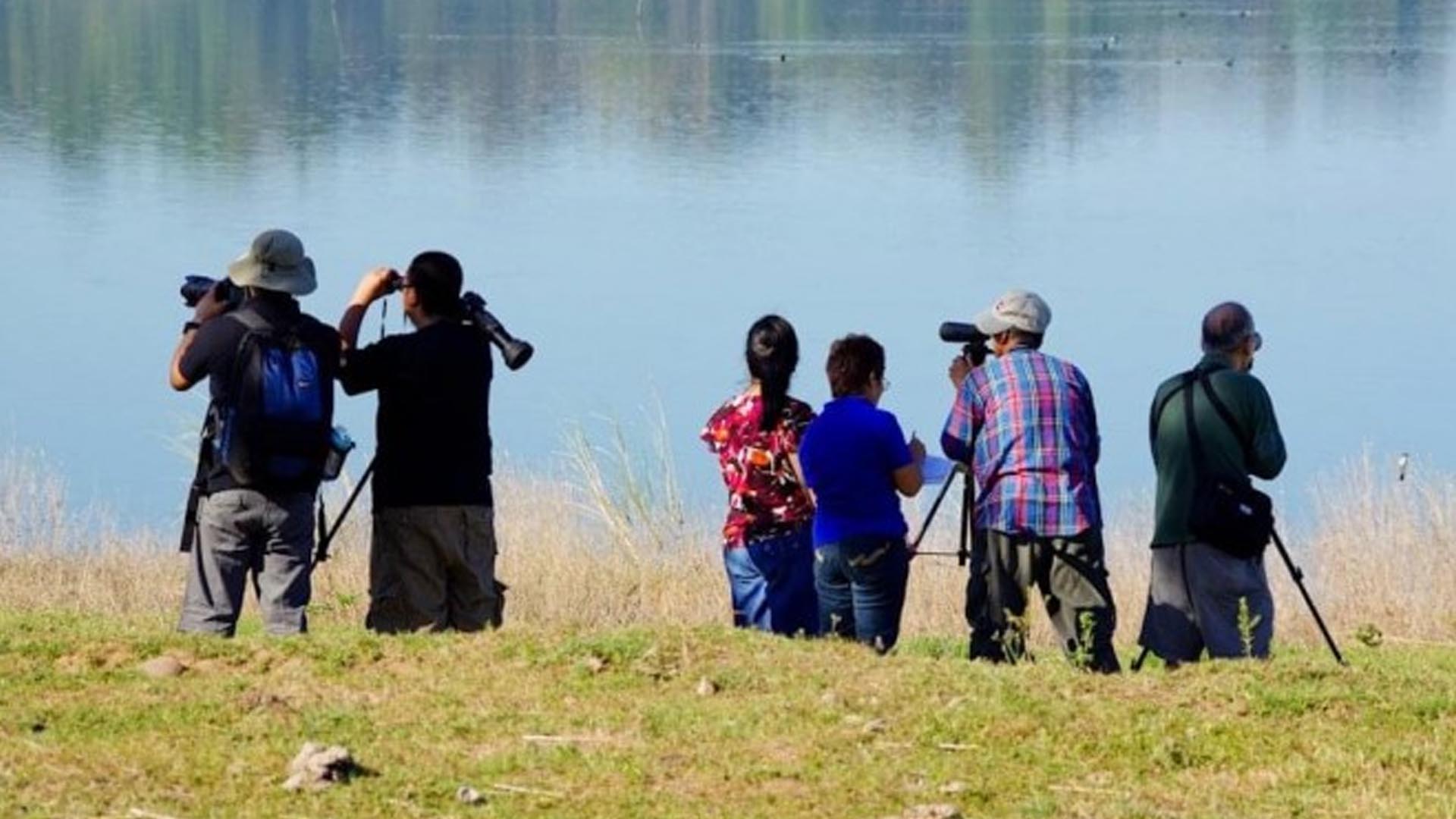The province of Ilocos Norte, which is working on the development of new tourism attractions under the new normal, has birdwatching or “avitourism” for its latest offering.
Meant to boost local employment and livelihood in communities, a birdwatching tour circuit was launched on Friday at the Paoay Lake Natural Park in Nanguyudan village, Paoay town, considered as one of the migratory bird sites in the country.
Evangeline Dadat, officer-in-charge of the Department of Tourism in Ilocos (Region 1), said during the launching on Friday that “this newly develop roadmap promises a safer eco-tourism in the province that will surely entice both local and foreign visitors.”
As Ilocos tourism is now being slowly introduced to the “new normal” market, she hopes that these birdwatching or birding activities will also serve as an eye-opener in the conservation of natural heritage.
“Today, birders from different countries enjoy the birding activities which jive with the cultural aspects of the province. The blended natural ecology of Ilocos Norte offers different species with their varying habitat from vast sand dunes to tropical rainforests,” she added.
In previous years, a team of birdwatchers started monitoring the presence of migratory birds escaping the cold front of temperate regions into Paoay Lake.
Based on the yearly Asian Waterbird Census, Paoay Lake has been providing shelter to some bird species namely Little Grebe, Great Egret, Little Egret, Cattle Egret, Philippine Duck, Tufted Duck, White-browed Crake, Common Kingfisher, White-collared Kingfisher, White-throated Kingfisher, and the Great Cormorant.
Backed by the Department of Tourism, the Department of Environment and Natural Resources, through the Protected Areas and Wildlife Bureau, has been working closely with organizations of birdwatchers and other wildlife enthusiasts to protect migratory bird sites.
Migratory bird sites are often threatened by human activities, such as overexploitation and conversion of ecosystems for development purposes.
According to the Department of Environment and Natural Resources (DENR), the Philippines has 117 Important Bird Areas (IBAs) covering 32,302 square kilometers that act as a refuge for as many as 115 globally threatened species of water birds.
In the Philippines, the peak months for birds migrating to the South are usually from September to November, while those traveling North often occur between February and April, the DENR said. (PNA)





